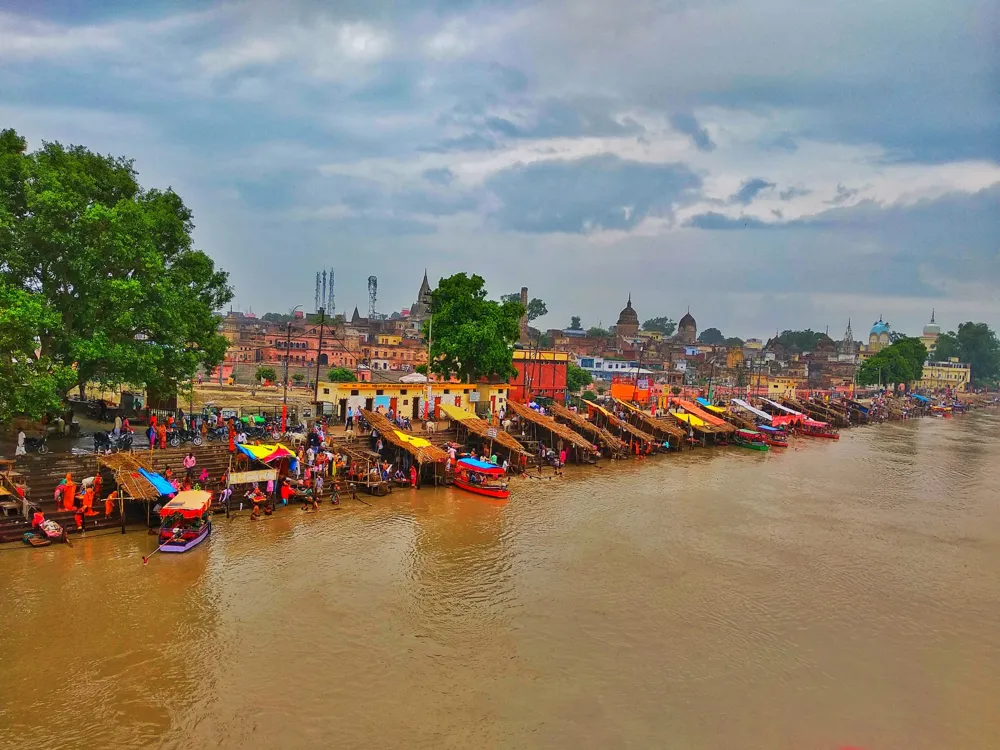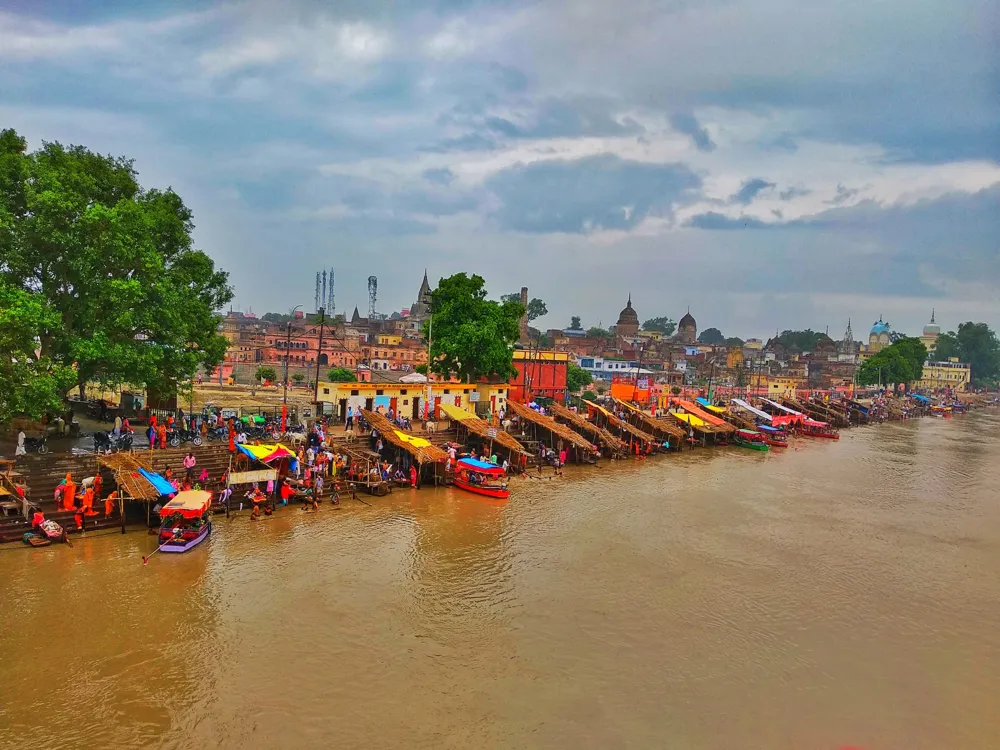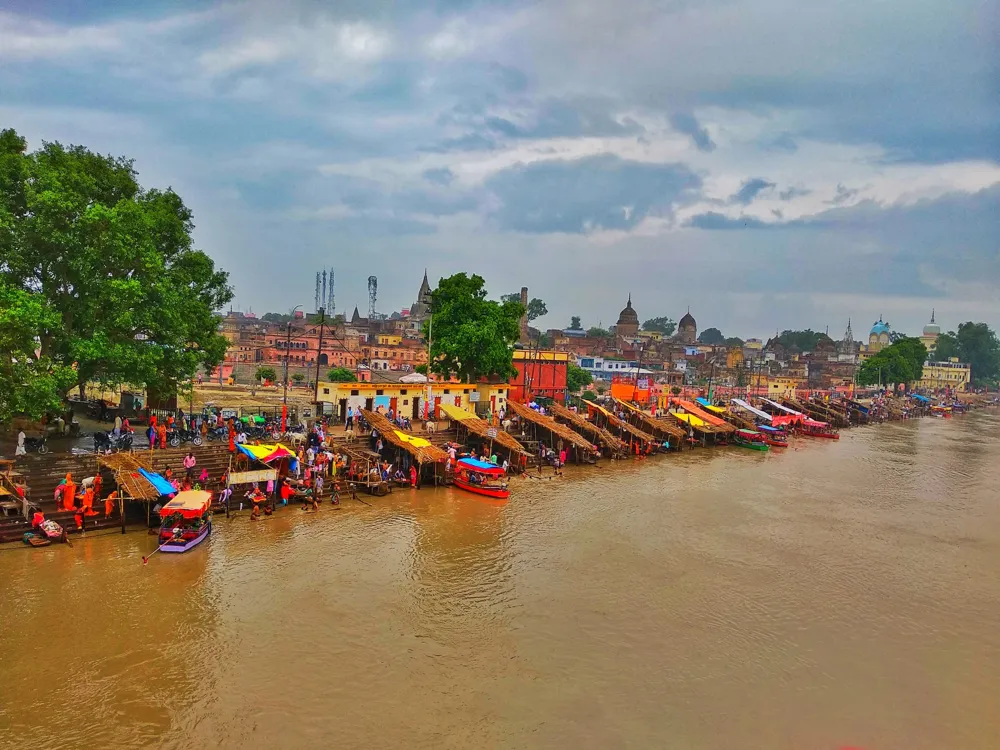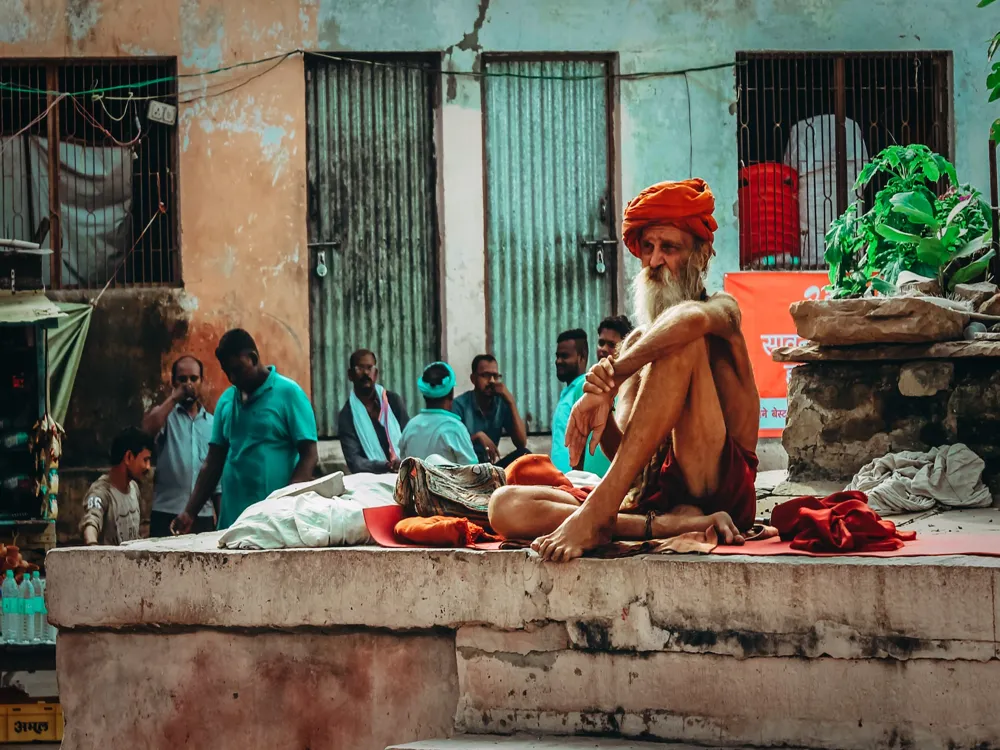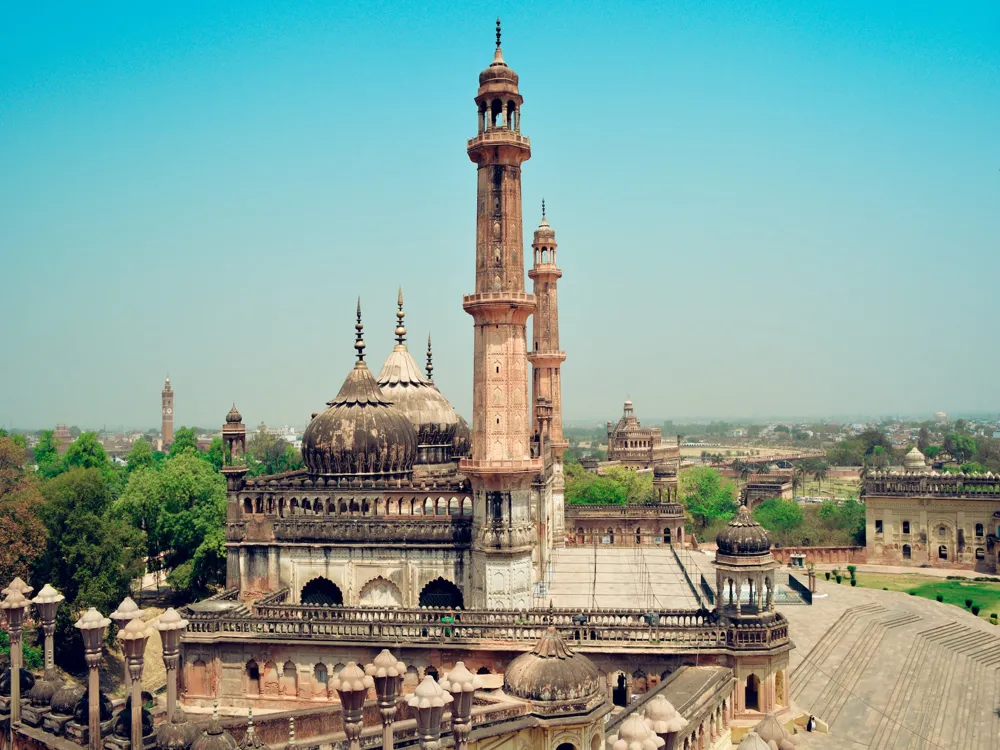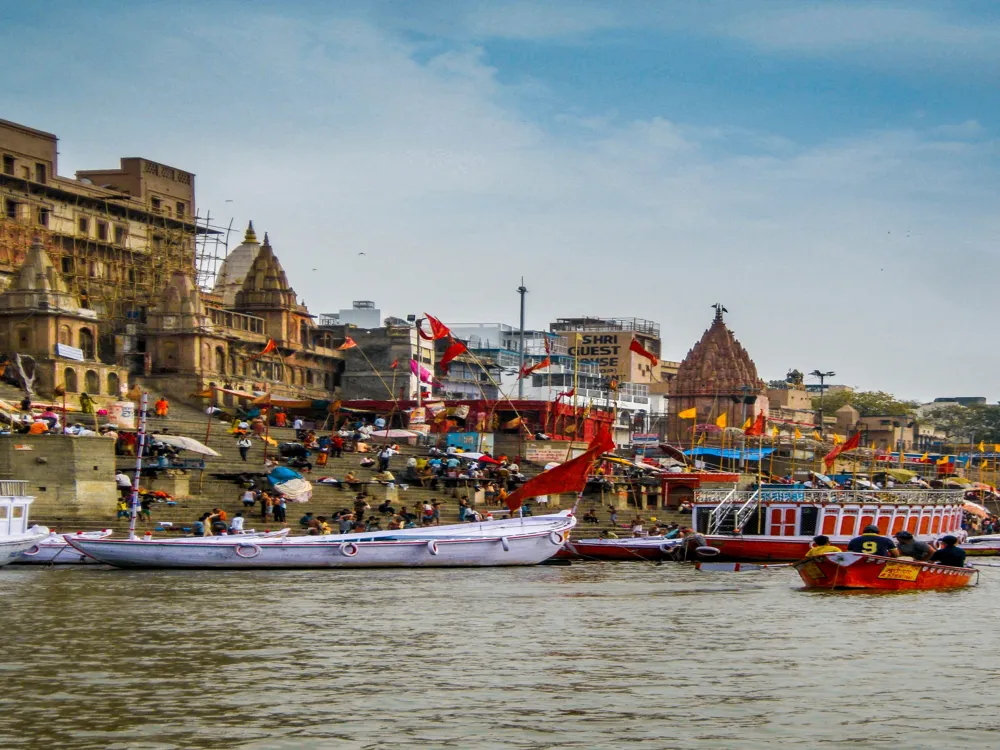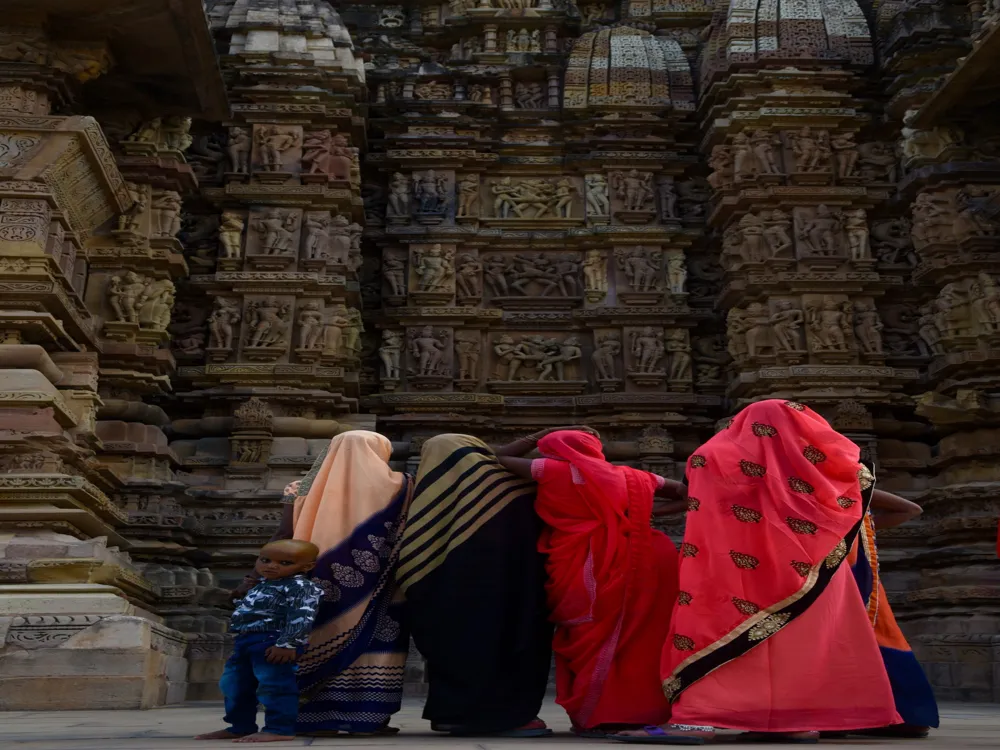The Nageshwarnath Temple, a phenomenon of ancient Indian architecture, is a stunning representation of the architectural heritage of Ayodhya. The temple's design is a testament to the imagination and skill of its engineers, blending spiritual symbolism with architectural beauty. Callers should dress modestly and be aware of original religious customs. It's recommended to remove shoes before entering the temple. While the temple can be visited year-round, the most stylish time is during the cooler months, from October to March. The Maha Shivaratri jubilee is a particularly auspicious time to visit. Check with temple authorities about photography warrants, as they might be confined in certain areas. Consider hiring a local guide to gain deeper insights into the temple's history and architecture. Ayodhya can be hot, so carrying water and staying hydrated is important, especially during the summer months. Ayodhya is well-connected by road, rail, and air. The nearest airport is in Lucknow, about 135 kilometers away.The Ayodhya railway station has excellent connections to India's largest cities. Ayodhya has an excellent bus network that connects it to other cities for road travel. The temple is conveniently located within Ayodhya and is reachable by taxis and autorickshaws. In order to go to the temple, visitors may also opt to stroll through the historic streets of the city, which provides a fascinating look into Ayodhya's way of life. READ MORE:-Overview of Nageshwarnath Temple, Ayodhya, Uttar Pradesh
Nestled in the heart of Ayodhya, Uttar Pradesh, the Nageshwarnath Temple stands as a lamp of religious significance and literal majesty. This temple, devoted to Lord Shiva, holds a special place in the hearts of addicts and history suckers alike. The lore of Nageshwarnath is deeply intertwined with the mythological and literal fabric of Ayodhya, a megacity deified in Hinduism as the motherland of Lord Rama.
The origins of the Nageshwarnath Temple trace back to the ancient Ramayana period. Legend has it that the temple was first established by Kush, the youngish son of Lord Rama. The story goes that Kush lost his armlet while bathing in the Sarayu River, which was later set up by a horse named Kanya (the serpent demoiselle), who fell in love with him. As a sign of gratitude to the serpents, Kush erected this temple. This story not only underscores the temple's ancient roots but also reflects the harmonious concurrence of mortal and godly realms in Hindu tradition.
Over the centuries, the Nageshwarnath Temple has witnessed multitudinous emendations and reconstructions, contributing to its rich architectural shade. It has survived the test of time, standing flexible through colorful ages of history, including the Mughal period and the British Raj. moment, it stands not only as a spiritual haven but also as a testament to the enduring heritage of Ayodhya's artistic and religious history.
The temple's periodic Maha Shivaratri jubilee draws thousands of addicts from across the nation, transforming Ayodhya into a mecca of spiritual vehemence. The jubilee is marked by elaborate rituals, vibrant processions, and a sense of collaborative harmony, reflecting the temple's role as a foundation of artistic and religious life in the region.
Beyond its religious significance, the Nageshwarnath Temple is a symbol of architectural brilliance. Its intricate busts, ornate puppets, and traditional design echo ancient Indian architectural principles, making it a must-visit for those interested in literal architecture and Hindu art forms.
As Ayodhya continues to evolve, the Nageshwarnath Temple remains a ground between history and the present, offering a glimpse into the spiritual and artistic heritage that has shaped this ancient megacity. Its enduring charm and literal significance make it a crucial destination for pilgrims and excursionists alike looking to witness the rich shade of Indian religious traditions.Architecture of Nageshwarnath Temple
At the heart of the temple's architectural splendor is the main sanctum sanctorum, housing the deified Shiva Lingam. This sacred chamber is adorned with intricate busts and puppets, depicting colorful divinities and mythological scenes. The fine details and artwork reflect the deep religious significance and cultural uproariousness of the period in which the temple was constructed.
Underneath the main sanctum are several lower sanctuaries and belvederes, each with its own unique architectural rudiments. The temple's pillars and walls are stretched with detailed busts, showcasing scenes from Hindu tradition and motifs inspired by nature. These rudiments not only enhance the temple's aesthetic appeal but also serve as a medium for liars, landing on the substance of Hindu religious narratives.
The temple's surface is inversely emotional, featuring a series of belts and polls that rise majestically against the skyline. These structures aren't simply ornamental; they emblematize the ascent to the godly, guiding the addicts' aspect and studies overhead towards the welkin. The use of original sandstone in the construction adds a distinct warmth and earthiness to the temple's appearance, blending seamlessly with the natural surroundings.
The temple complex also includes a series of yards and auditoriums, furnishing a serene and reflective space for addicts and callers. These open spaces are integral to the temple's design, offering a place for reflection and contemplation away from the hustle and bustle of the megacity.
The Nageshwarnath Temple's armature isn't just a show of aesthetic beauty but also a reflection of the spiritual and philosophical principles of Hinduism. The temple's layout, with its central sanctum girdled by attachment sanctuaries and open spaces, symbolizes the cosmic order and the interconnectedness of all life forms.
In summary, the Nageshwarnath Temple's armature is a harmonious mix of spiritual symbolism, cultural expression, and architectural mastery. It stands as a proud testament to India's rich artistic heritage and continues to inspire admiration and reverence in all who visit..Tips for Visiting Nageshwarnath Temple
Respect Local Customs
Best Time to Visit
Photography Rules
Local Guides
Stay Hydrated
How To Reach Nageshwarnath Temple
Nageshwarnath Temple
Ayodhya
Uttar Pradesh
₹ 9,500 onwards
View ayodhya Packages
Weather :
Tags : Temple
Timings : 5:00 AM to 8:00 PM
Aarti Timings
5:00 AM to 6:00 AM and 8:00 PM to 8:30 PM
Planning a Trip? Ask Your Question
Ayodhya Travel Packages
View All Packages For Ayodhya
Top Hotel Collections for Ayodhya

Private Pool

Luxury Hotels

5-Star Hotels

Pet Friendly
Top Hotels Near Ayodhya
Other Top Ranking Places In Ayodhya
View All Places To Visit In ayodhya
View ayodhya Packages
Weather :
Tags : Temple
Timings : 5:00 AM to 8:00 PM
Aarti Timings
5:00 AM to 6:00 AM and 8:00 PM to 8:30 PM
Planning a Trip? Ask Your Question
Ayodhya Travel Packages
View All Packages For Ayodhya
Top Hotel Collections for Ayodhya

Private Pool

Luxury Hotels

5-Star Hotels

Pet Friendly







